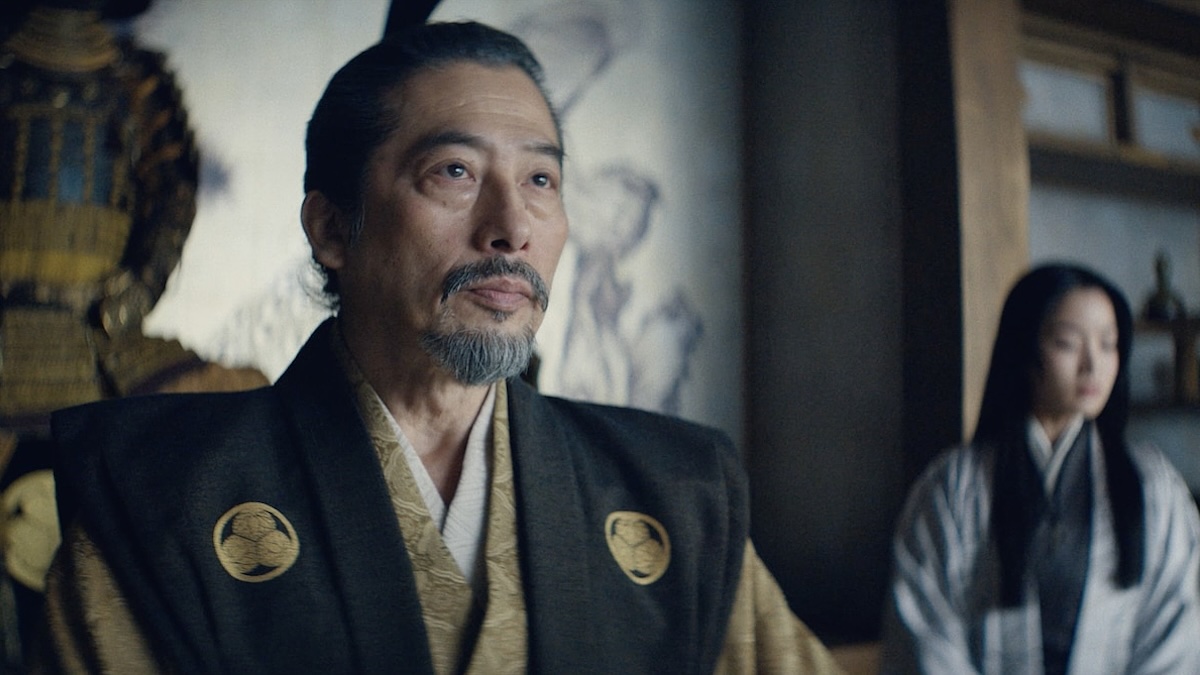‘Shōgun’ Has Reached a Fitting, If Unexpected, End

It’s finally here—the finale of the critically beloved TV series Shōgun—so let’s talk about Shōgun’s ending, its story implications, and more below.
Spoilers for most of Shōgun.
So much has been building up to this moment. Episode 9, titled “Crimson Sky,” left us in emotional shambles after the very tragic death of Mariko, who used her body to shield the bomb used by Ishido’s ninjas in an attempt to break through Osaka Castle. Despite the episode being called “Crimson Sky,” in reference to Toranaga’s planned assault on Osaka Castle to wipe out his political enemies and become Shōgun, this attack never happens in a brilliant anticlimactic twist.
Given all that went down, you’d expect a pretty explosive finale with plenty of action and vengeance, right? Toranaga’s big grand Crimson Sky battle plan would surely unfold. Turns out it sort of does, and it sort of doesn’t. The finale is a lot more subdued, with quiet closure for the remaining threads.
Episode 10, titled “A Dream of a Dream,” starts off with a time skip to a now significantly older Blackthorne, who is exceedingly rich and has plenty of grandchildren to fill his enormous English home. Blackthorne’s stories of conquest and battle are parroted by the children playing about, all while Blackthorne holds Mariko’s cross and begins to reminisce.
We flash back to the present, which is sobering and mournful. Mariko’s death burns a heavy shadow on everyone. Both Ishido and Yabushige are emotionally devastated and rethink their life choices, while Ochiba finishes Mariko’s poem-in-progress with the final line “Flowers are only flowers because they fall.” This episode is no grand battle; it’s a funeral procession.
Mariko’s sacrifice for Blackthorne gives him great uncertainty about where he should go next in life, and who he should be. His only ticket back home, his ship the Erasmus, has sunk into the sea. At first, devastated, Blackthorne decides that he will rebuild the Erasmus and stay in Japan to find his own new path in life. It is a poetic bookend to a man whose singular goal was to return to his home but now must make a new home.
The great reveal in the finale is that Crimson Sky, Toranaga’s masterstroke battle plan, was Mariko the whole time. He used her sacrifice to fracture Ishido, the Regents, and Ochiba. Mariko’s sacrifice prevented many more from dying and might have created a better ending for most of the characters.
As you might remember, Crimson Sky was officially set in motion back in episode 6, titled “Ladies of the Willow World.” As Lady Ochiba returned to Osaka, Toranaga started to fear for his life, as he knew that Ochiba accused him of assassinating her father Kuroda. Taking matters into his own hands, Toranaga then devised a counterattack with his advisers. They came up with Crimson Sky, one enormous strike on Osaka Castle that would create his new government.
It’s like a half-fired Chekhov’s gun that still manages to have an enormous impact on the way the story concludes. The show’s final scene involves Toranaga and Blackthorne on a beach. They both exchange a knowing look that signals to each other that they know their true purpose in life now. Toranaga turns and looks outward towards the gloomy grey sea. Roll credits.
What a wild ride this entire show has been. The ending is somewhat similar to the ending of Lord of the Rings: Return of the King, where great tragedy has changed these characters so much that they must now find new paths in life for themselves. This is especially true for Blackthorne, who was the most affected by Mariko’s death. It’s a bittersweet ending: Blackthorne won’t go home, but he’s found a new one in Japan. The message is clear: Embrace the unexpected path and adapt to it.
You can watch Shōgun Hulu, Disney+, FXNOW, ABC, and other services like FuboTV. Check out our article on why Anna Sawai, the actress behind Lady Mariko, is one of our favorite artsy crafters in Hollywood.
(featured image: Hulu/FX)
Have a tip we should know? tips@themarysue.com